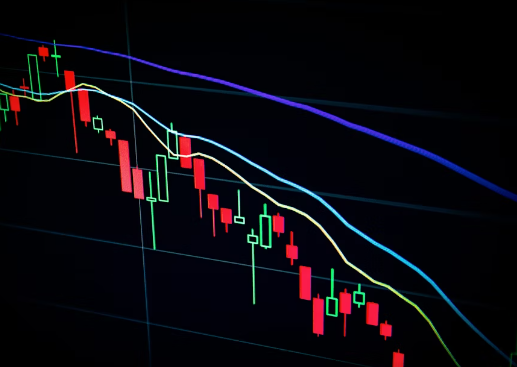For experienced traders, Contracts for Difference (CFD) offer a plethora of trading opportunities across various asset classes. To maximize profits and mitigate risks, mastering advanced strategies and techniques is essential. Here’s an in-depth look at advanced cfd broker trading:
1. Advanced Trading Strategies
– Scalping: Scalping involves making numerous small trades throughout the day to exploit minor price movements. Traders capitalize on short-term opportunities, aiming to accumulate profits over time.
– Swing Trading: Swing traders aim to capture short to medium-term trends in the market, holding positions for several days or weeks. They utilize technical analysis and chart patterns to identify potential entry and exit points.
– Hedging: Hedging involves opening positions to offset potential losses in existing trades. Traders use correlated assets or derivatives such as options to mitigate downside risk while maintaining exposure to potential upside.
– Algorithmic Trading: Algorithmic trading, or automated trading, involves using pre-programmed algorithms to execute trades automatically based on predefined criteria. This approach allows traders to capitalize on market inefficiencies and execute trades with speed and precision.
2. Risk Management Techniques
– Position Sizing: Determine the appropriate position size for each trade based on factors such as risk tolerance, account size, and market volatility. Adopting a consistent position sizing strategy helps manage risk and preserve capital.
– Stop Loss Orders: Implement stop loss orders to limit potential losses on trades. Set stop loss levels based on technical levels, volatility, or percentage of account equity to exit losing positions promptly.
– Diversification: Spread your capital across multiple assets and markets to reduce concentration risk. Diversification helps mitigate the impact of adverse events in specific sectors or regions on your overall portfolio.
– Risk-reward Ratio
: Maintain a favorable risk-reward ratio for each trade, ensuring that potential profits outweigh potential losses. Aim for a minimum risk-reward ratio of 1:2 or higher to achieve positive expectancy over the long term.
3. Utilizing Advanced Trading Tools
– Technical Indicators: Harness the power of advanced technical indicators such as moving averages, RSI (Relative Strength Index), MACD (Moving Average Convergence Divergence), and Bollinger Bands to identify trading opportunities and confirm price trends.
– Fundamental Analysis: Supplement technical analysis with fundamental analysis to gain insights into the underlying factors driving asset prices. Analyze economic indicators, corporate earnings reports, and geopolitical events to make informed trading decisions.
– Trading Algorithms: Develop or utilize sophisticated trading algorithms to automate trading strategies and execute trades with speed and precision. Backtest algorithms using historical data to assess their performance and refine trading strategies accordingly.
4. Continuous Learning and Adaptation
The financial markets are dynamic and ever-evolving, requiring traders to continuously learn and adapt to changing market conditions. Stay updated with the latest market developments, economic news, and technological advancements to refine your trading strategies and stay ahead of the competition.
5. Conclusion
Mastering advanced CFD trading requires a combination of in-depth knowledge, disciplined execution, and continuous learning. By implementing advanced trading strategies, employing effective risk management techniques, utilizing advanced trading tools, and staying adaptable in the face of changing market conditions, experienced traders can enhance their trading performance and achieve long-term success in the dynamic world of CFD trading.
